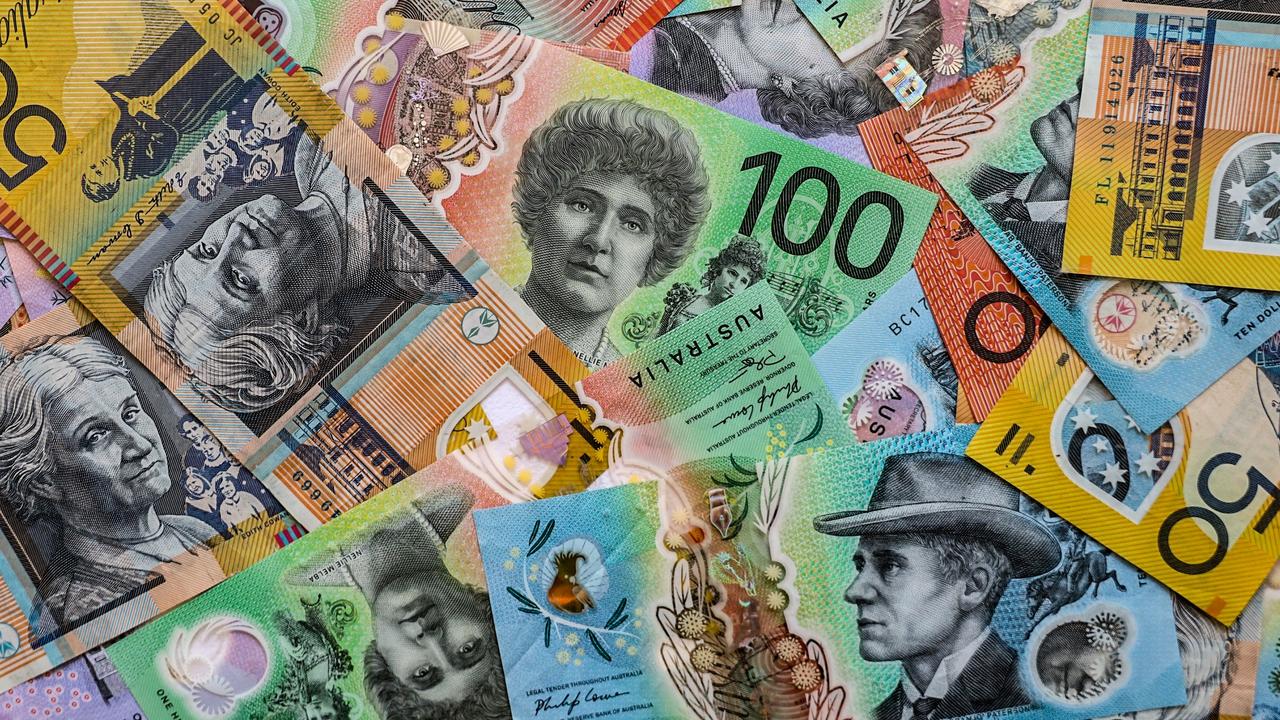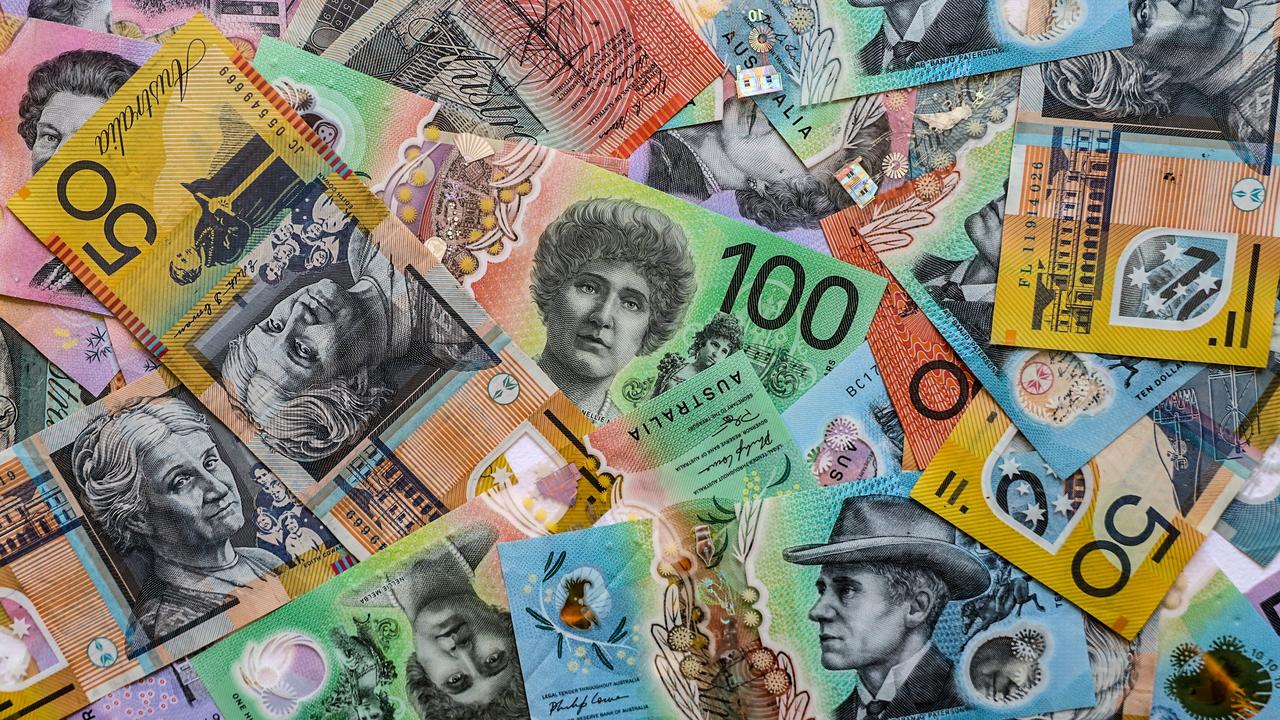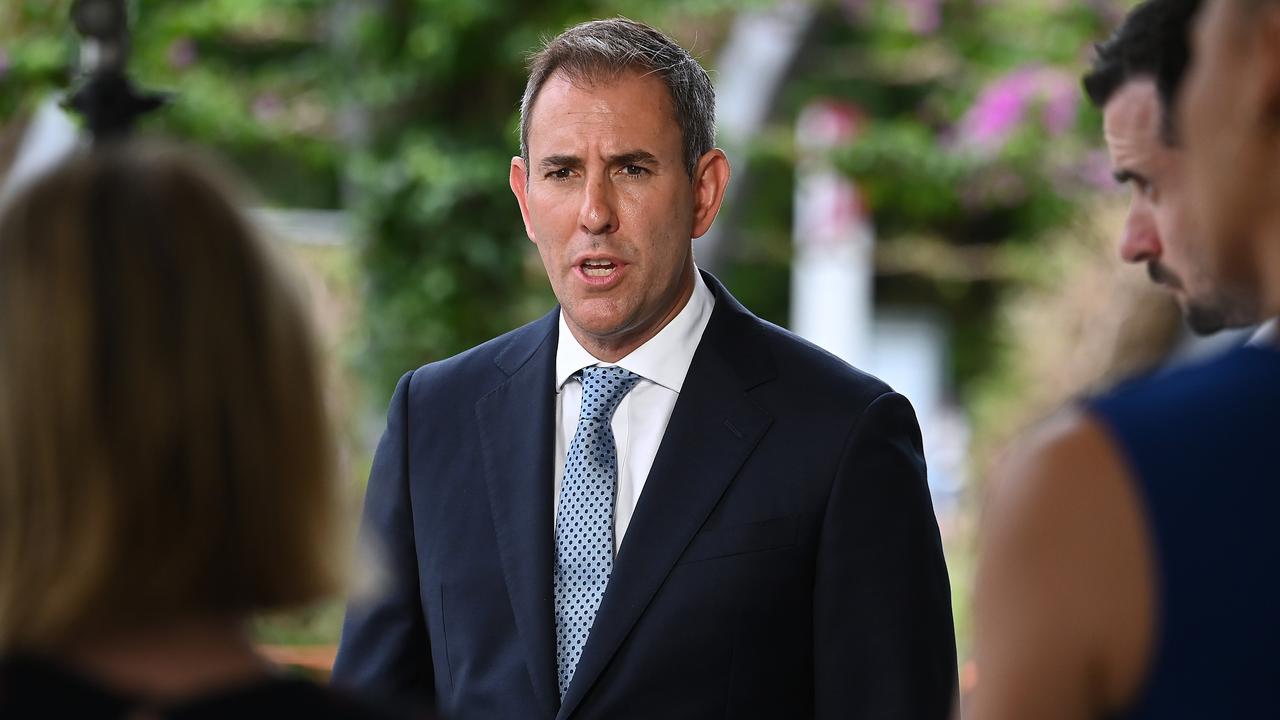RBA rate cuts: Reserve Bank to slash interest rates to 0.25 per cent amid coronavirus panic
The Reserve Bank has taken the extraordinary and drastic step of slashing Australia’s official interest rate to a historic low at a special meeting this afternoon.
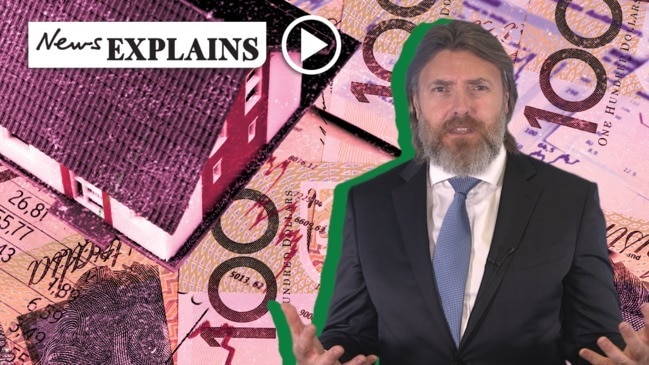
The Reserve Bank has slashed the official cash rate to a fresh historic low of 0.25 per cent in a last-ditch effort to soften the economic blow of the coronavirus pandemic.
The RBA was not scheduled to meet until the first Tuesday of April, but announced the emergency gathering earlier this week in response to the growing crisis.
It has previously signalled it would not cut rates below the 0.25 per cent threshold, and that even if it did, such a move would not be effective.
It is the first time a rate cut has been announced outside a regular meeting since 1997, and is a glaring sign of just how severe the situation is becoming.
RELATED: Aussie state introduces $16,800 fines over virus
RELATED: ‘Extreme panic’: ASX braces for carnage
Governor Philip Lowe also announced other measures – including quantitative easing – which are designed to make sure credit remains available to individuals and businesses.
“The coronavirus is first and foremost a public health issue, but it is also having a very major impact on the economy and the financial system. As the virus has spread, countries have restricted the movement of people across borders and have implemented social distancing measures, including restricting movements within countries and within cities. The result has been major disruptions to economic activity across the world. This is likely to remain the case for some time yet as efforts continue to contain the virus,” he said in a statement this afternoon.
“Financial market volatility has been very high. Equity prices have experienced large declines. Government bond yields have declined to historic lows. However, the functioning of major government bond markets has been impaired, which has disrupted other markets given their important role as a financial benchmark. Funding markets are open to only the highest quality borrowers.
“The primary response to the virus is to manage the health of the population, but other arms of policy, including monetary and fiscal policy, play an important role in reducing the economic and financial disruption resulting from the virus.”
He said the virus would be contained “at some point” and the Australian economy “would recover” but in the meantime, the RBA’s job was to “support jobs, incomes and businesses, so that when the health crisis recedes, the country is well placed to recover strongly”.
Mr Lowe said the board would not lift the cash rate until progress was being made “towards full employment” and when the body was confident inflation would be “sustainably within the 2–3 per cent target band”.
In addition to cutting the cash rate from 0.5 per cent to 0.25 per cent, the RBA is also setting a target for the yield on three-year Australian Government bonds of around 0.25 per cent and introducing a term funding facility for the banking system, with particular support for credit to small and medium-sized businesses.
Exchange settlement balances at the Reserve Bank will also be remunerated at 10 basis points, rather than zero as would have been the case under the previous arrangements.
In a statement on Monday announcing today’s extraordinary meeting, Mr Lowe said Australia's financial system was “resilient” and “well placed to deal with the effects of the coronavirus” – but that trading liquidity “has deteriorated in some markets”.
He revealed the RBA was ready to purchase Australian government bonds and embark on quantitative easing — effectively encouraging consumer spending by printing more money and pumping it into the economy.
“The Bank will also be conducting one-month and three-month repo operations in its daily market operations until further notice to provide liquidity to Australian financial markets,” he said earlier this week.
“In addition the Bank will conduct longer term repo operations of six-months maturity or longer at least weekly, as long as market conditions warrant.
“The Reserve Bank and the Australian Office of Financial Management (AOFM) are in close liaison in monitoring market conditions and supporting continued functioning of the market.”
Canstar’s finance expert Steve Mickenbecker said the RBA had “lots of firepower” up its sleeve in 2008 during the GFC, when the cash rate was 7.25 per cent.
But he said the central bank’s decision was fitting.
“There is little point in the RBA saving what's left of the cash rate for a rainy day when today is a cyclone,” he said.
“What better way for the RBA to spend its last 0.25 per cent than in convincing the markets that they are all on the same team.
“The major banks are likely to feel the obligation to cut again, especially if they too are convinced that this is the last of the cuts and that the announced RBA support measures will be sustained.”
KPMG chief economist Dr Brendan Rynne said the bank had been preparing the market for “unconventional monetary policy” for some time.
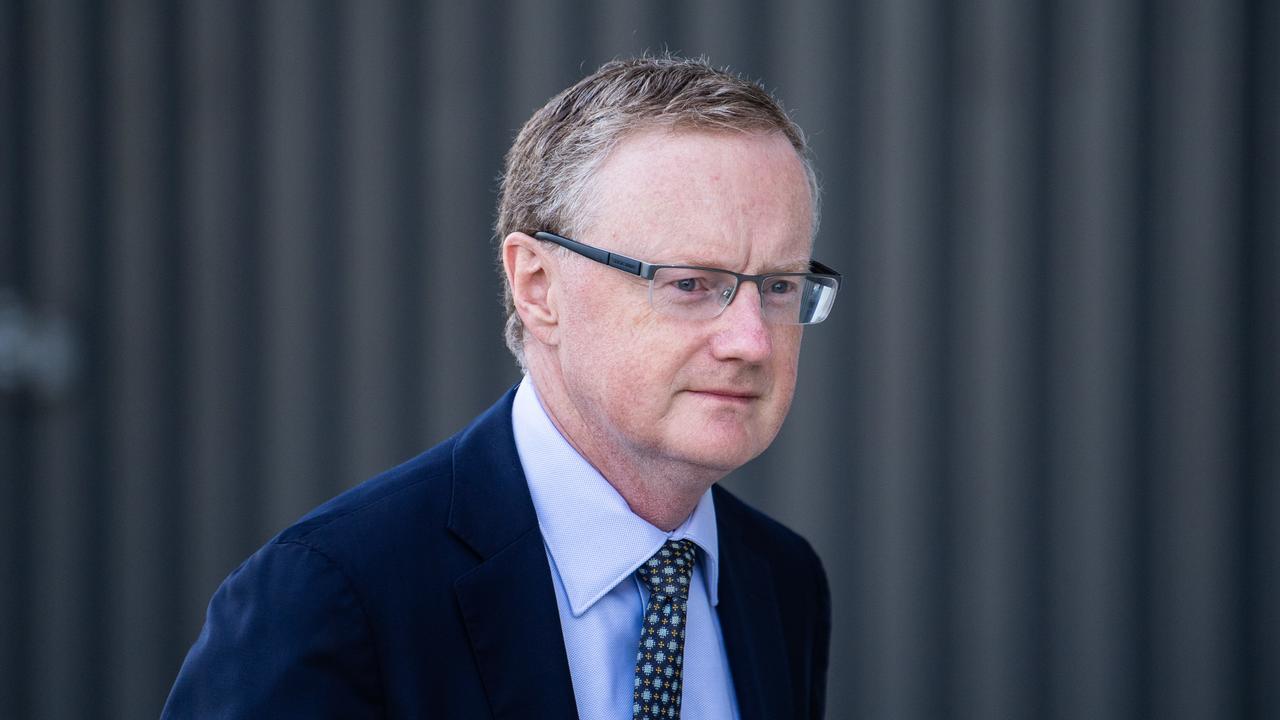
“The RBA has provided guidance that its program of unconventional monetary policy will be focused exclusively on government bonds. KPMG believes that this is a prudent approach but given the fast-changing impacts of the COVID-19 virus on the economy, particularly in relation to progressively closing down parts of the economy, this focus on government bonds may change,” he said.
“KPMG believes there is little downside to the RBA engaging in large-scale bond purchases at this point in time. In so far as they can increase liquidity in the system and reduce interest rates at the longer end of the curve it may help cushion the blow of the COVID-19 shock on the economy.
“We anticipate that the fiscal stimulus measures that the Government has already implemented and those that will come in the coming weeks and months will provide the RBA with the depth required in the bond market to make an impact through this mechanism.”
Meanwhile, research from comparison site Mozo has revealed that although interest rates have tumbled to historic lows, only a quarter of people have refinanced their home loan and 67 per cent of people still finance their property through a bricks and mortar bank.
“This is not great news, as bricks and mortar banks usually charge significantly higher interest rates than their competitors leaving the majority of Australian mortgage holders paying too much interest each month at a time they can least afford it,” director Kirsty Lamont said.
Mozo found on average the big four banks’ interest rates were 1.28 per cent higher than the best rate in the market.


